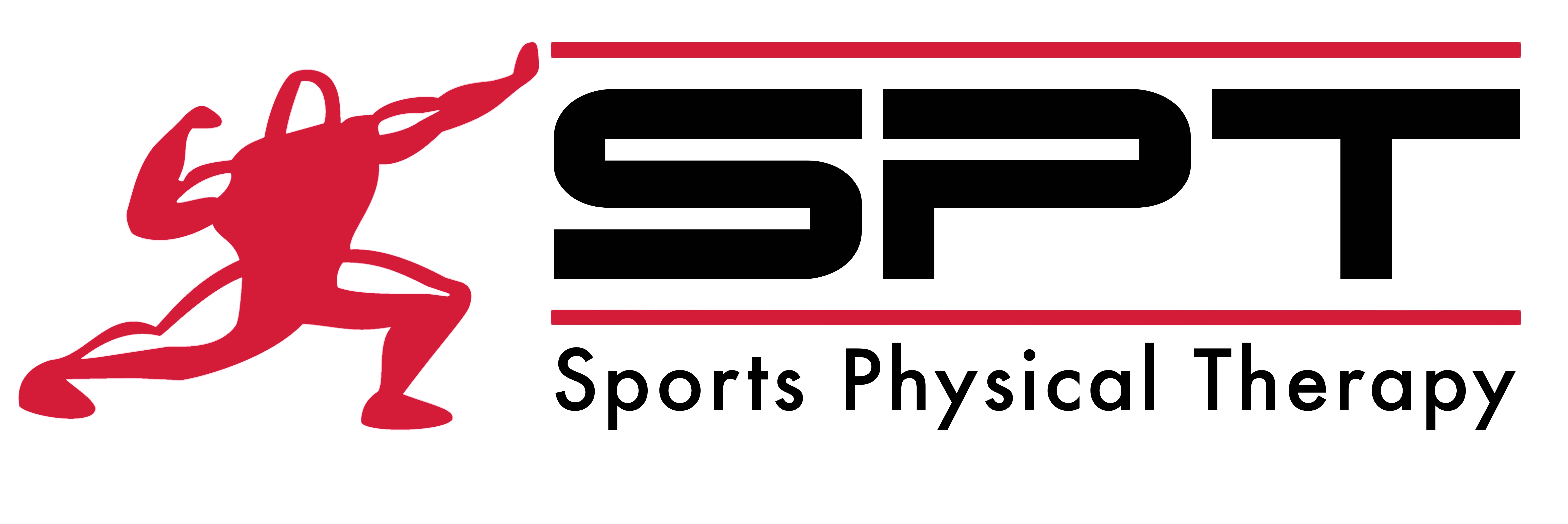Why Recovery Needs to Be Part of Every Basketball Player’s Training Plan
Basketball is one of the most physically demanding sports out there. It combines explosive movement, rapid direction changes, vertical jumps, and repeated high-impact landings. While most athletes spend time working on their shot, building strength, or improving their speed, the real secret to consistent performance lies in recovery.
And recovery doesn’t mean taking a day off and hoping your body resets on its own.
It means having a plan.
At Sports Physical Therapy, we work with basketball players at all levels who want to move better, train harder, and play longer. The missing link for many of them? A structured recovery routine that actually supports what they’re doing on the court.
In this blog, we’re breaking down three proven physical therapy strategies every basketball player should be using in their recovery game plan. These aren’t “nice-to-haves”—they’re essentials for staying healthy, sharp, and ready to perform.
Compression Therapy: Recovery Between High-Impact Days
After a long practice, intense game, or heavy lifting session, your muscles are fatigued. Blood flow slows down, inflammation may rise, and lactic acid builds up. This is where compression therapy comes in.
What It Is: Compression therapy involves the use of controlled pressure—often through sleeves or specialized recovery systems—to help move fluid through the body. It supports circulation and helps speed up the natural recovery process.
Why It Works for Basketball Players: Basketball involves repeated sprinting, jumping, and stopping on a dime. These movements stress the lower body, especially the calves, quads, and hamstrings. Compression can help reduce that muscle fatigue and allow for quicker recovery between workouts and games.
Physical Therapy Perspective: Pair compression therapy with active recovery and manual therapy. It’s one part of a full recovery plan that keeps our athletes moving at a high level.
2. Hands-On Mobility and Manual Therapy: Restore Movement, Reduce Risk
Mobility and control are critical in basketball. If your hips are tight, your jump won’t be explosive. If your ankles are stiff, you’re at risk when landing. If your shoulders are limited, your shooting mechanics suffer.
That’s where manual therapy and mobility-focused physical therapy come in.
What It Is: Hands-on therapy focuses on soft tissue work, joint mobilizations, and targeted techniques to improve movement, reduce stiffness, and optimize biomechanics.
Why It Matters for Basketball: Basketball players need smooth, unrestricted motion through their hips, knees, ankles, and shoulders. Manual therapy helps restore that motion, especially after overuse or repetitive stress.
Real-World Example: We see a lot of athletes come in who don’t have a current injury, but they’re playing through tightness or early compensations. Addressing those issues early prevents breakdowns later.
PT Tip: Manual therapy is even more effective when paired with guided mobility exercises specific to your sport. That’s how you build not just flexibility—but usable, powerful movement.
3. Stretch & Restore Sessions: Build Longevity and Body Awareness
Basketball players often ignore flexibility and foundational movement until something starts to feel “off.” But flexibility and body awareness are key for long-term success and injury resilience.
That’s why every athlete we work with gets stretch and restore sessions built into their recovery cycle.
What It Is: These sessions are structured, intentional time focused on improving posture, flexibility, joint alignment, and nervous system regulation. We combine passive stretching, active mobility, and functional movement strategies.
Why Basketball Players Need This: Over time, athletes develop movement imbalances from repetitive motions like shooting, jumping, and cutting. These sessions help reset and re-center the body, so you’re moving evenly and efficiently.
Bonus Benefit: These routines help players feel their movement. That awareness builds confidence, control, and long-term durability on the court.
Physical Therapy + Basketball: Why This Combo Matters
When basketball players think of physical therapy, they often associate it with rehab. And while it absolutely plays a role in injury recovery, that’s just scratching the surface.
At Sports Physical Therapy, we approach recovery as part of performance.
We don’t just focus on what’s hurting—we assess how your body moves, where you’re compensating, and how to make sure you’re not overloading the wrong areas. The result? You build better mechanics, prevent common breakdowns, and train in a way that supports your goals—not works against them.
Recovery isn’t a setback—it’s your competitive edge.
Common Signs You Need to Rethink Your Recovery Plan
If you’re not sure whether you need a recovery reset, here are some signs we often see in athletes who come through our doors:
- You feel stiff or sore for more than 48 hours after activity
- Your legs feel heavy during warmups or late in games
- You’ve plateaued in your speed, strength, or vertical
- You’re always managing a “tight spot” or small nagging issue
- You’re training hard but don’t feel like you’re making gains
If any of these sound familiar, it’s time to add physical therapy to your basketball routine—not just for rehab, but for long-term performance.
Your Next Move: Build Your Recovery Game Plan
If you’re serious about basketball—and serious about your body—you need a recovery routine that works with your training.
At Sports Physical Therapy, we help basketball players:
✅ Improve how they move
✅ Recover smarter between sessions
✅ Stay consistent across the season
✅ Perform at their best without burning out
And it starts with a simple step: a one-on-one Discovery Visit.
🏀 Contact Us Today
We’ll take a look at how your body is moving, talk through your goals, and help you build a plan that includes recovery as a key part of your performance.
📍 Click below to get started:
🔗 https://sportsptcenters.com/contact-us
📞 Or call us directly at (425) 628-2031
Let’s make recovery the reason you move better—not the reason you miss time.

